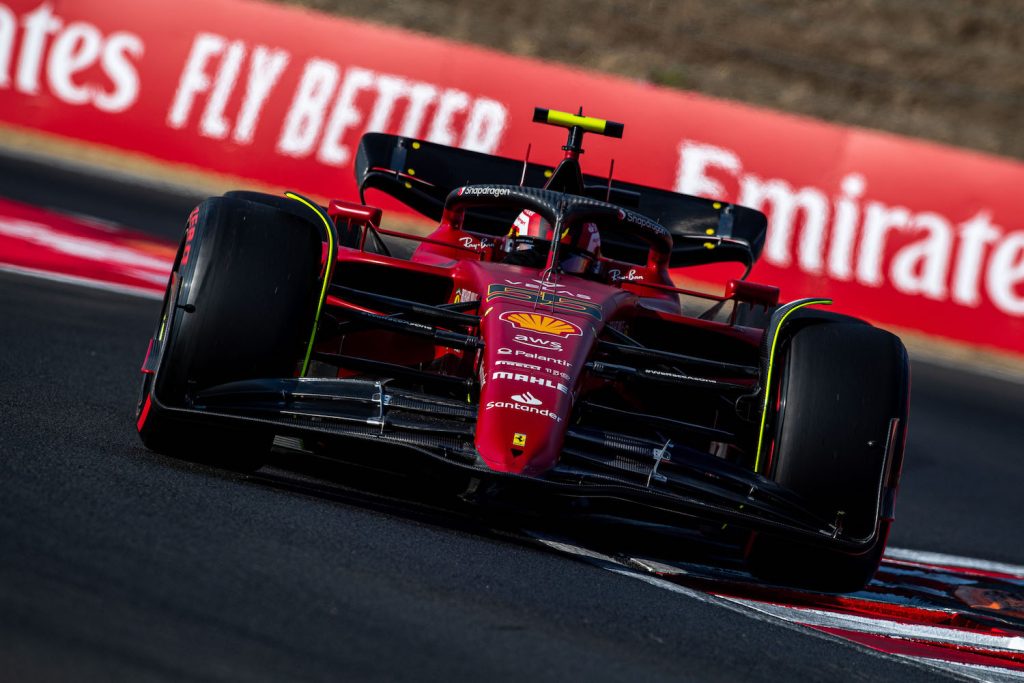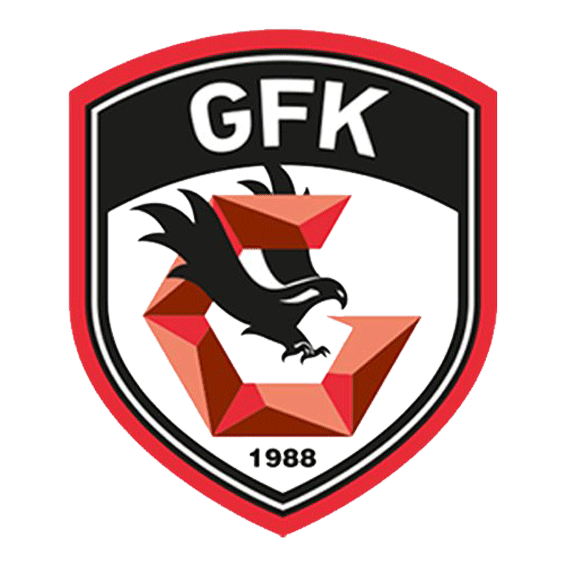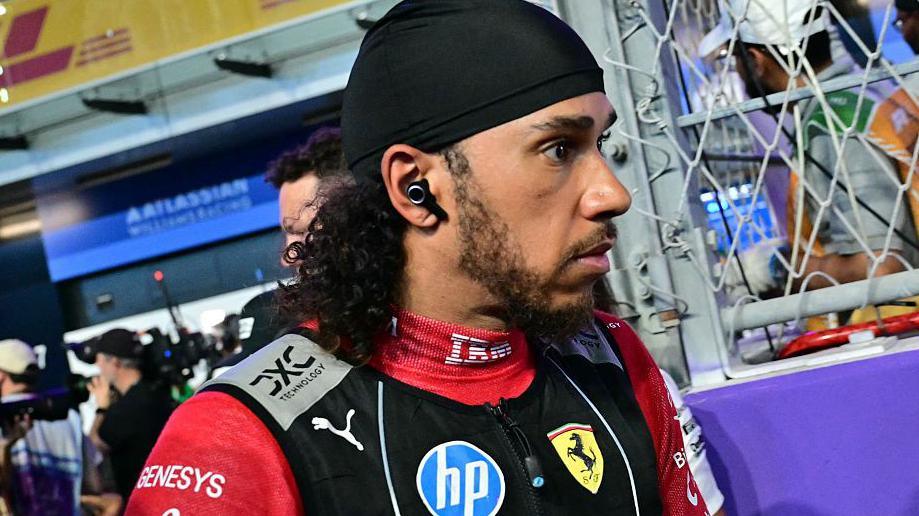
Can Ferrari Bounce Back as McLaren, Verstappen and New Regulations Reshape F1?
Is This the Year McLaren Stays on Top and Ferrari Falls Behind?
As Formula 1 heads to Miami for the sixth round of the 2025 season, it’s hard to believe how quickly the landscape has shifted. McLaren’s Oscar Piastri now leads the drivers’ championship after a clinical win in Saudi Arabia, his third of the year, while last season’s frontrunner Max Verstappen is doing everything he can to keep Red Bull in the hunt, even as the car looks increasingly second-best.
Ferrari, meanwhile, have struggled to get out of first gear—both literally and figuratively. A year ago, the Scuderia were confident they could challenge for a title. But five races in, they’re fourth in the constructors’ standings, 110 points adrift of leaders McLaren, and with a car that’s, at best, the fourth-fastest on the grid.
Norris vs Piastri: Who’s Really Leading McLaren?
One of the more intriguing stories this year isn’t just McLaren’s rise, but the contrast between their two drivers. Lando Norris has long been touted as a future world champion. He’s lightning quick over one lap and, on his day, can be uncatchable. But Oscar Piastri is proving to be the one turning potential into points in 2025.
Last season, Norris had the upper hand. He outqualified Piastri in 20 of 24 races, averaged a 0.147-second gap in qualifying, and took four wins to Piastri’s two. But Piastri’s wheel-to-wheel skills stood out, particularly a fearless overtake on Norris himself at Monza, and a race-winning move on Charles Leclerc in Baku.
Fast forward to this year, and the tables have turned. Piastri has outqualified Norris in four of six weekends, with a slightly bigger average gap of 0.185 seconds in his favour. He’s already picked up two poles, three victories, and a strong lead in the standings. Even in Melbourne, where he slipped on wet grass and tumbled to ninth, he had been challenging Norris for the lead. He’s calm, composed, and precise—qualities that are paying off handsomely in a tightly-contested title fight.
Norris remains an immensely fast and charismatic driver, but he continues to be haunted by small mistakes that add up in a championship season. In contrast, Piastri is delivering the kind of consistency that wins titles.
Verstappen Still the Benchmark—But for How Long?
Max Verstappen’s sheer level of performance hasn’t dipped. He’s still the gold standard on the grid, and it’s been that way since mid-2018. What has changed, though, is the competitiveness of his Red Bull. While the car remains fast, it’s not the all-conquering machine of 2023.
So far in 2025, Red Bull is averaging second place in qualifying pace—behind McLaren by 0.177 seconds. Verstappen’s car is quicker than Mercedes and Ferrari, but it’s struggling in medium-speed corners, where its balance becomes inconsistent. That’s why he dominated in Australia, Japan and Saudi Arabia, but looked far more vulnerable in Bahrain and China.
The team hopes to address this with upgrades, potentially arriving by the Emilia Romagna Grand Prix. But as Fernando Alonso wisely pointed out, competing for a title over a full season while carrying a car deficit is near impossible—even for someone of Verstappen’s calibre.
He’ll fight every inch of the way. But unless Red Bull finds a way to fix their car’s balance issues in a hurry, Verstappen might find himself outpaced by a McLaren team that looks stronger with each passing week.
Can Ferrari Still Mount a Comeback?

Can Ferrari turn their season around after the summer break?
Which brings us to Ferrari. Expectations were sky-high coming into the new season. Team principal Fred Vasseur had spoken of a wide-open title battle, confident that Ferrari’s winter development would place them in the mix from the start.
Instead, they’ve slipped backward. Just one podium finish (Leclerc in Saudi Arabia) and a sprint win for Hamilton in China is not the return Ferrari had in mind. Their car is the fourth fastest on average, a troubling 0.312 seconds per lap behind McLaren in qualifying. That margin isn’t insurmountable—but it is significant.
Vasseur is staying optimistic. He points to last season, where Ferrari made major strides mid-year, turning a twitchy, unpredictable car into one that could challenge for wins by the final few rounds. He believes the team can do it again. An upgrade package is coming soon, though the team hasn’t confirmed where it will debut.
But Ferrari’s problems go beyond just pace. Lewis Hamilton, their marquee signing for 2025, has had a torrid start to life in red. Poor performances in Bahrain, Saudi Arabia and Japan have raised eyebrows, and while his sprint win in China was a brief return to form, he’s a long way off the consistency expected from a seven-time world champion.
Ferrari’s chances of turning their season around depend as much on Hamilton rediscovering his rhythm as they do on the engineers delivering a competitive upgrade.
Regulation Shake-Up in 2026: More Uncertainty Ahead
With all this unfolding, F1 has another major shift on the horizon—the 2026 regulation overhaul. Some fans are questioning the timing. Just as the field is closing up, why risk a reset that could allow one team to dominate all over again?
The answer lies in F1’s long-term strategy. The engine rules are being rewritten to attract new manufacturers. The new regulations will retain 1.6-litre V6 turbo hybrids but remove the complex MGU-H, replacing it with a simpler, more cost-effective system. The new power units will also produce about 50% of their output from electric power and run on 100% sustainable fuel.
That plan has worked so far. Audi and Ford are joining, Honda is staying, and General Motors is coming, albeit later.
But these changes also mean revised chassis regulations, especially in terms of aerodynamics. With reduced drag targets and an increased focus on moveable aero, the technical direction is dramatically shifting. And the current wrangling over how energy recovery will work suggests some unresolved tensions remain.
There’s still debate, for example, about whether electrical deployment should be capped in races—a suggestion some teams are pushing for but which currently lacks enough support to be approved.
Could Mercedes Dominate Again?
Finally, what about Mercedes? They were the big winners of the last engine shake-up in 2014, and some in the paddock believe they could be best placed to benefit again in 2026.
That’s largely because of early investment. In 2014, Mercedes committed big resources early, giving them a decisive advantage for several years. Their rivals have since learned from that, but early murmurs suggest Mercedes have made a strong start on the 2026 engine.
This has reportedly spooked Red Bull, and could explain why some voices are lobbying to tweak the upcoming rules. Interestingly, the FIA’s single-seater boss Nikolas Tombazis has floated the idea that engines shouldn’t be a major differentiator in the future—an idea that’s sparked plenty of philosophical debate. After all, if engines don’t matter, what is the point of Formula 1 being a motorsport?
Whether Mercedes repeats their 2014 feat or not remains to be seen. But with the current field closing up and major changes looming, 2026 promises the kind of unpredictability that fans—and teams—both love and fear.

































































































































There are no comments yet. Be the first to comment!